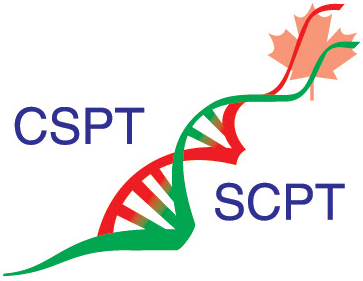Ligand
Definition:
A ligand is a molecule that binds to a receptor. This binding can be reversible or irreversible, and competitive or non-competitive.
A ligand may bind to the main or orthosteric site in the receptor or to an allosteric site.
A ligand can be an endogenous or exogenous molecule.
The binding of a ligand to a receptor can lead to activation or inhibition of intracellular signalling cascades. If the molecular target of the ligand is an ion channel, the interaction can lead to changes in the resting membrane potential by triggering a conformational change that opens or closes the channel.
Relevance:
Ligands serve as signalling molecules used by cells to communicate with each other. For example, the adrenal cortex releases the stress hormone cortisol, which subsequently binds cortisol receptors in cells to mediate its effects in a target organ. In the central nervous system, inhibitory neurons can release ligands (neurotransmitters) such as GABA, which mediate inhibitory effects in postsynaptic neurons.
Additionally, some ligands such as androgens (testosterone and estrogens) are hydrophobic/lipophilic, and thus they can target intracellular receptors found in the cytosol or nucleus of a cell. Other ligands, such as GABA, are hydrophilic and target cell surface receptors instead.
Models demonstrating the binding of endogenous ligands to their targets aid in drug development by providing information on the types of molecular interaction, simulating potential molecules that mimic the endogenous ligands and providing insight into how the ligands interact with their receptors to cause subsequent downstream effects.
Teaching Tips:
Types of Drug Receptors (Elsevier India): https://www.youtube.com/watch?v=WORIhbaRABg
Linked terms: Affinity, Intrinsic Activity, Receptor Subtype, Competitive Antagonist, Non-competitive Antagonist, receptors, multimeric receptor complexes, Orthosteric site, conformational change
Resources:
Farinde, A. (2023, October 26). Drug–receptor interactions - clinical pharmacology. MSD Manual Professional Edition. https://www.msdmanuals.com/professional/clinical-pharmacology/pharmacodynamics/drug%E2%80%93receptor-interactions
Miller, E. J., & Lapin, S. L. (2022, September 14). Physiology, cellular receptor - statpearls - NCBI bookshelf. https://www.ncbi.nlm.nih.gov/books/NBK554403/
Alexander, S., Mathie, A., & Peters, J. (2011). LIGAND‐GATED ION CHANNELS. British Journal of Pharmacology, 164(s1). https://doi.org/10.1111/j.1476-5381.2011.01649_4.x
Salahudeen, M. S., & Nishtala, P. S. (2017). An overview of pharmacodynamic modelling, ligand-binding approach and its application in clinical practice. Saudi Pharmaceutical Journal, 25(2), 165–175. https://doi.org/10.1016/j.jsps.2016.07.002
Szymanski MW, Singh DP. Isoproterenol. [Updated 2023 May 1]. In: StatPearls [Internet]. Treasure Island (FL): StatPearls Publishing; 2024 Jan-. Available from: https://www.ncbi.nlm.nih.gov/books/NBK526042/
Return to Glossary
